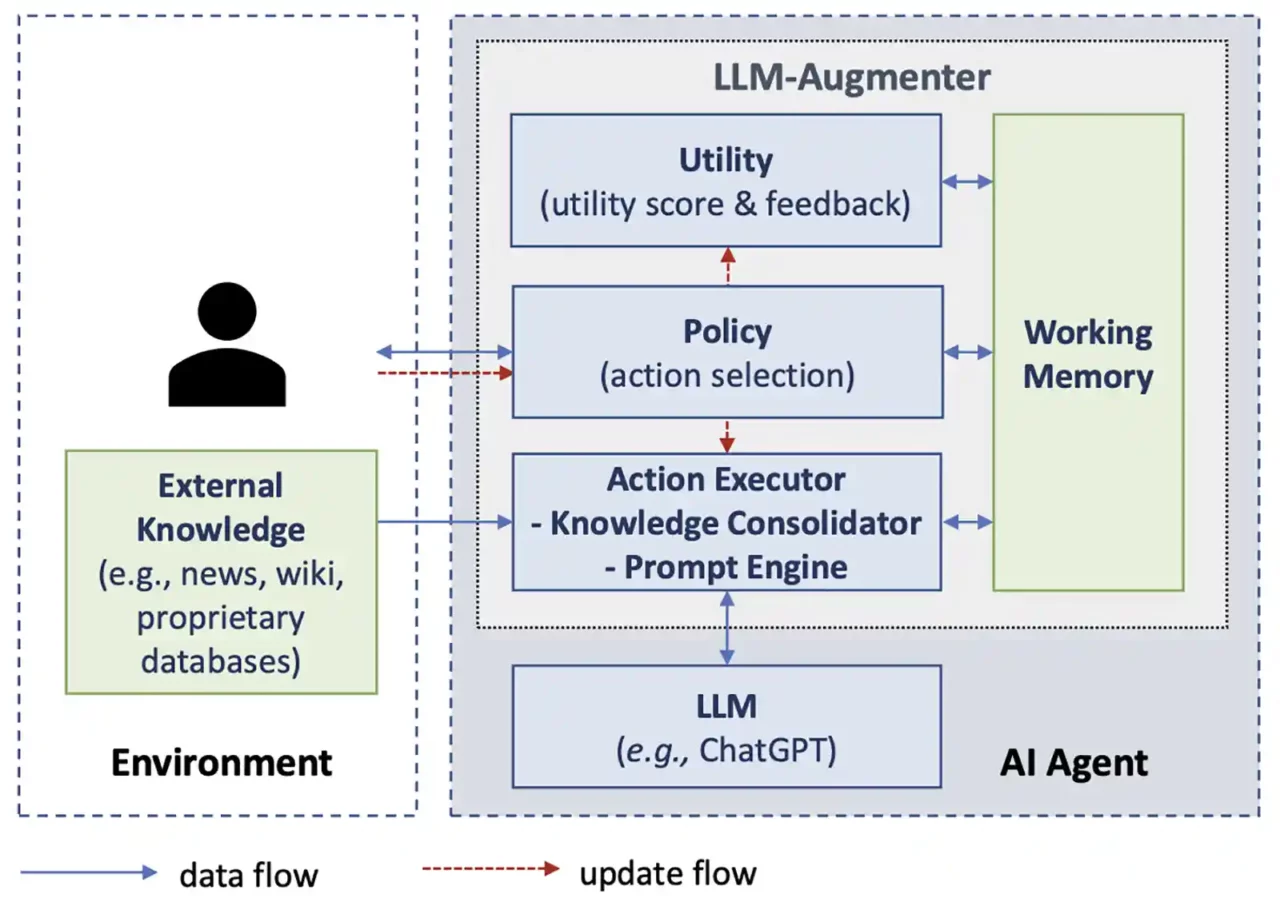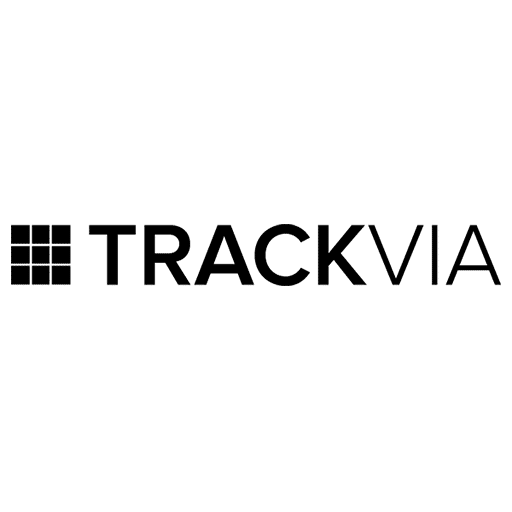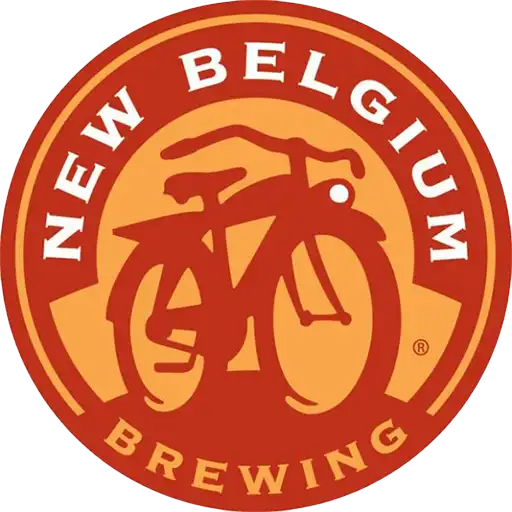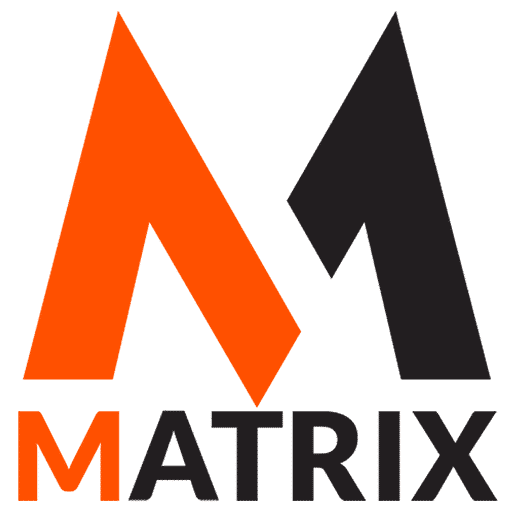LLMs Referral Traffic – But What About Engagement?
Learn About LLMs Referral Traffic – But What About Engagement?
Introduction – The Evolution of Search
Imagine a decade ago, search engines like Google and Bing were the undisputed web traffic gatekeepers, directing user streams based on keyword matching and backlink profiles.
Fast forward to today, and a striking statistic emerges: over 50% of online searches now result in no clicks, as users find answers directly on search pages themselves.
This shift underscores a transformative period in search technology, particularly with the advent of large language models (LLMs) such as OpenAI’s GPT series.
These models change not only how information is retrieved but also how it is delivered, profoundly influencing user interaction with web content.
Understanding Referral Traffic and LLMs
Referral traffic, a core metric in digital marketing, refers to visitors sent to a website from another source outside of its direct domain.
Traditionally, this has included sources like social media platforms, newsletters, or other websites. However, the rise of LLMs introduces a new layer to this dynamic. LLM’s, by processing vast amounts of data and generating human-like text, can create engaging, contextually relevant content on a previously unimagined scale.
As they power more digital assistants and search tools, their role in directing referral traffic becomes increasingly significant.
LLM’s Are Reshaping The Referral Traffic Landscape
While it’s clear that LLMs are reshaping the referral traffic landscape, an essential question arises: LLM’s referral traffic, but what about engagement?
This article will explore how engagement metrics compare when users arrive via LLM-driven platforms versus traditional sources.
The analysis will delve into user behavior patterns, time on site, bounce rates, and interaction with content, providing a comprehensive overview of LLMs’ impact on digital engagement.
Unlocking the Power of LLMs for Referral Traffic and Engagement
In today’s digital landscape, large language models (LLMs) like GPT-4, IBM Granite, and similar AI-driven technologies are revolutionizing how businesses interact with their audiences.
These sophisticated models are not only enhancing content creation but also significantly driving referral traffic across various platforms.
While attracting users is essential, the key question remains: How can we ensure this traffic translates into meaningful engagement?
Google Ads Checklist – Download Now! 🚀
Struggling to get the most out of your Google Ads? 🔥 Download our Google Ads Optimization Checklist and take your campaigns to the next level!
✅ Maximize Clicks & Conversions
✅ Lower Your Cost-Per-Click (CPC)
✅ Improve Ad Quality Scores
✅ Target the Right Audience
This free checklist will help you set up, optimize, and scale your Google Ads campaigns for maximum ROI.
Who is benefitting from this trend?
Businesses ranging from e-commerce sites to educational platforms are harnessing the power of LLMs.
Marketers, content creators, and customer service representatives use these models to generate relevant, engaging content that captures attention and drives users to their sites.
These tools empower companies to create tailored messaging that resonates with potential customers, leading to increased referral traffic.
What are LLMs doing?
LLMs can analyze vast datasets to produce personalized recommendations, generate compelling blog posts, and optimize ad copy.
By crafting content that aligns closely with user interests, businesses can optimize user experiences, making it easier for audiences to find and engage with their content.
Where is this traffic coming from?
Referral traffic driven by LLMs often originates from social media platforms, search engine results, and content-sharing sites.
Businesses can increase visibility and click-through rates by strategically placing LLM-generated content in front of the right audience.
AI Integration in Marketing
Nearly 60% of marketers now rely on AI to streamline processes, generate content, and analyze data, a trend expected to grow in 2025, underscoring the role of AI-driven DMaaS platforms in modern marketing strategies. See pricing.
How can we improve engagement with LLM’s Referral Traffic?
Companies should focus on providing value through content to transform referral traffic into sustained engagement.
Utilizing LLMs to create informative guides, interactive experiences, and user-friendly interfaces can keep users returning.
Fostering a community through feedback loops and personalized follow-ups can enhance user loyalty.
In conclusion, while LLMs effectively drive referral traffic, businesses must prioritize engagement strategies to ensure that the interaction leads to lasting relationships with their audience. By doing so, they unlock traffic and a thriving community of engaged users.
Imagine you’re a chef at a popular new restaurant. Your innovative dishes are the talk of the town, drawing food enthusiasts from all corners to your tables. This is like LLMs driving significant referral traffic to your website.
But what happens once the guests are seated? Are they engaged by the ambiance, service, and presentation, or do they merely nibble at their meals and leave? Similarly, in the digital world, it’s not just about attracting visitors to your site; it’s about captivating them once they arrive.
As a marketing manager, think about how you can transform that initial curiosity into a memorable experience. Just as a chef aims to delight the senses with each dish, your content must resonate with visitors, encouraging them to explore further, interact, and return.
Are your site’s design, usability, and content quality making your guests want to stay and dine or take a quick bite and leave?
Engagement is the key ingredient that turns first-time visitors into loyal customers. So, ask yourself: is your digital environment as inviting and engaging as a five-star restaurant?
Return on Investment (ROI) from Thought Leadership SEO
Thought leadership SEO campaigns, which involve strategic planning and high-quality content creation, have demonstrated a return on advertising spend (ROAS) of 9.10, equating to a 748% ROI, with a typical break-even point at around 9 months. Review how to win with SEO Services.
Challenges and Opportunities: LLMs Driving Referral Traffic – But What About Engagement?
The advent of large language models (LLMs) has revolutionized content creation and digital marketing strategies, significantly increasing referral traffic to websites and platforms.
While the influx of visitors presents a wealth of opportunities, it also poses unique challenges regarding user engagement.
Understanding this dynamic is crucial for businesses seeking to capitalize on the advantages of LLM-driven traffic.
Challenges and LLM’s Referral Traffic
- Quality vs. Quantity: LLMs can generate vast amounts of content that may attract users, but the quality of that content can vary significantly. Visitors may leave quickly if the content lacks depth or relevance to the audience, leading to high bounce rates. This mismatch between traffic volume and user satisfaction can dilute a brand’s perceived value.
- User Expectations: As users become accustomed to the polished and coherent responses generated by LLMs, their expectations for engagement increase. They anticipate relevant information and an interactive experience that feels personalized. Failure to meet these expectations can result in disengagement and lost opportunities for conversion.
- Content Saturation: The ease of content generation through LLMs can lead to market saturation. With countless articles, blogs, and posts competing for attention, distinguishing a brand’s voice and value proposition becomes increasingly challenging. Users may struggle to find engaging content amid the noise, resulting in lower retention rates.
- Analytics and Measurement: Traditional metrics for measuring engagement may not fully capture the nuances of interaction with LLM-generated content. Understanding user behavior, preferences, and feedback becomes essential yet complicated, requiring advanced analytics to discern genuine engagement from superficial interactions.
Opportunities and LLM’s Referral Traffic
- Enhanced Personalization: LLMs can analyze user data to deliver personalized content tailored to individual preferences and behaviors. By leveraging this capability, brands can create more engaging experiences that resonate with users, driving deeper connections and higher engagement levels.
- Interactive Content: LLMs can facilitate the creation of interactive content, such as quizzes, chatbots, and dynamic articles, that can engage users more effectively than static content. This interactivity encourages users to spend more time on a site, fostering a sense of community and enhancing brand loyalty.
- Content Optimization: By utilizing LLMs to analyze engagement data, businesses can identify what types of content resonate most with their audience. This insight allows for continuous improvement in content strategy, ensuring that future offerings align with user interests and preferences enhancing engagement.
- Scalability: LLMs enable businesses to scale their content production efficiently, allowing for regular updates and fresh material that can keep users returning. With a robust content pipeline, brands can maintain relevance and engagement in a rapidly changing digital landscape.
Importance of Engagement and LLM’s Referral Traffic.

- Customer Retention: High engagement levels lead to stronger customer loyalty, as users are more likely to return to platforms where they feel connected and valued.
- Conversion Rates: Engaged users are more inclined to convert, whether that means making a purchase, signing up for a newsletter, or sharing content with their networks.
- Brand Reputation: A brand that fosters meaningful engagement can build a positive reputation, encouraging word-of-mouth referrals and organic growth.
- Feedback and Improvement: Engaged users provide valuable feedback, which can inform product development and marketing strategies and ensure that a business evolves in line with its audience’s needs.
While LLMs are indeed driving referral traffic, the challenge of fostering genuine engagement is paramount.
By addressing these challenges and leveraging the associated opportunities, businesses can transform transient visitors into loyal advocates, ultimately enhancing their long-term success.




Case Study 1: HealthTech Co.
Brand Description and Initial Planning
HealthTech Co. is a digital health platform specializing in personalized wellness solutions. It offers users AI-driven health assessments and tailored lifestyle recommendations.
The brand sought to boost its online visibility and attract more users in an increasingly competitive landscape.
Initially, HealthTech Co. developed a strategy centered around content marketing and search engine optimization (SEO), leveraging the emerging capabilities of large language models (LLMs) to generate high-quality articles, blogs, and resources aimed at health-conscious consumers.
Leveraging LLMs and Mitigating Failures
HealthTech Co. deployed LLMs to create engaging and informative content that resonated with their target audience.
The company used these models to generate articles addressing common health concerns, tips for healthy living, and the importance of personalized care.
Their content was designed not just for search engine rankings but also to establish authority in the health and wellness space.
However, this content’s initial wave of referral traffic did not translate into meaningful user engagement. Many visitors quickly bounced after reading the articles, indicating a lack of depth in the information.
To mitigate this, HealthTech Co. re-evaluated its content strategy, focusing on improving the quality and interactivity of its offerings. They incorporated interactive tools like quizzes and health assessments, allowing users to engage more deeply with the content.
Lessons Learned about LLM’s Referral Traffic
- Quality Over Quantity: While LLMs can generate vast amounts of content quickly, the depth and relevance of the content are crucial for engagement. Brands must prioritize high-quality, informative content that adds value to the user’s experience.
- Interactive Elements: Adding interactive components can significantly improve user engagement. HealthTech Co. learned that users are likelier to engage with content that allows them to participate actively.
- Continuous Improvement: It is essential to analyze user behavior and engagement metrics regularly. By understanding which content resonates most, brands can refine their strategies to meet user needs better.
Case Study 2: TravelGenius
Brand Description and Initial Planning
TravelGenius is an app that simplifies trip planning by providing personalized itineraries and recommendations based on user preferences.
The brand leveraged LLMs to enhance its user acquisition strategy through referral traffic.
Their initial plan included generating destination guides, travel tips, and packing lists using LLMs, intending to drive traffic through organic search and social media shares.
Leveraging LLMs and Mitigating Failures
TravelGenius successfully used LLMs to create an extensive library of travel content. Initially, their website experienced a surge in traffic from users discovering their articles on popular travel topics.
However, the brand noticed that while traffic was high, user retention and engagement metrics were low.
Users would visit the site to read articles but often leave without exploring the app or subscribing for more information.
To address this issue, TravelGenius began incorporating features like personalized recommendations based on user data, integrating more visual content such as infographics and videos, and utilizing LLMs to craft engaging follow-up content tailored to user interests.
They also employed A/B testing to refine their calls to action, encouraging visitors to download the app or sign up for newsletters.
Lessons Learned about LLM’s Referral Traffic
- Tailored User Experience: Personalization is key to engagement. TravelGenius learned that understanding user preferences and providing tailored content can significantly enhance user interaction and retention.
- Multimedia Content: Incorporating various content formats, such as videos and infographics, helps maintain user interest and encourages deeper engagement with the brand.
- Strategic CTAs: Crafting effective calls to action that resonate with the audience can convert casual visitors into engaged users. Testing different approaches to CTAs can yield valuable insights into user behavior.
These case studies highlight the dual nature of leveraging LLMs for referral traffic and the need to maintain engagement.
While LLMs can generate traffic, businesses must create quality content, personalized experiences, and interactive elements to capture and retain their audience’s interest. Get started with LLM’s Referral Traffic and More Sales
Affordable SEO Solutions That Drive Real Results
Matrix Marketing Group Delivers Customized SEO Strategies with Transparent Pricing for Maximum ROI. See SEO Services.
Advanced AI Technologies To Enhance Engagement And Drive Referral Traffic
Matrix Marketing Group is at the forefront of the digital marketing landscape, leveraging advanced AI technologies to enhance engagement and drive referral traffic.
In light of the article “LLMs are driving referral traffic – but what about engagement?”, it’s clear that while large language models (LLMs) can effectively boost site visits, the true challenge lies in converting that traffic into meaningful interactions.
Matrix Marketing Group’s AI digital marketing services are designed to bridge this gap. By utilizing AI-driven insights, they tailor content strategies that resonate with target audiences, ensuring that the traffic generated by LLMs translates into high engagement levels.
Their approach includes personalized messaging, automated customer interactions, and data analytics to foster deeper connections with potential customers.
Moreover, Matrix Marketing Group emphasizes optimizing user experiences across digital platforms. By integrating AI tools, they create dynamic content that evolves based on user behavior, significantly increasing the likelihood of sustained engagement.
As the digital marketing landscape evolves, partnering with a forward-thinking agency like Matrix Marketing Group can empower businesses to attract visitors and cultivate lasting relationships, making the most of the opportunities presented by LLMs and AI technologies.
Conclusion
While large language models (LLMs) drive significant website referral traffic, the challenge remains in fostering genuine engagement with this audience. We explored how LLMs can attract visitors through optimized content yet highlighted that traffic alone doesn’t equate to meaningful interactions or conversions.
The key takeaway is that businesses must leverage LLMs for traffic generation and invest in strategies that enhance user engagement, such as personalized content, interactive experiences, and community-building initiatives.
As we navigate this evolving landscape, consider this: Are we merely capturing clicks or cultivating relationships? It’s essential to focus on creating user value beyond the initial visit.
To thrive in the age of LLMs, let’s prioritize attracting visitors and transforming them into loyal advocates. Embrace the challenge of enhancing engagement, and rethink your content strategy to ensure it resonates deeply with your audience.


